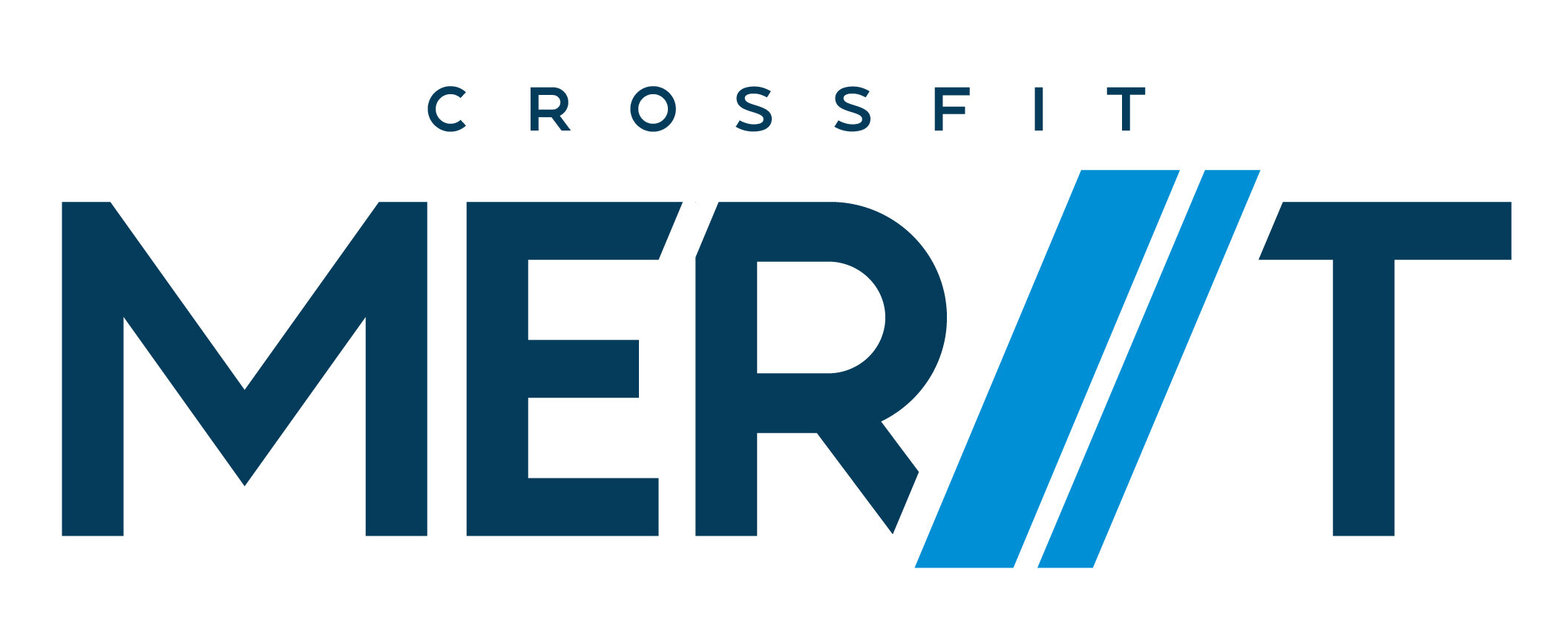You’ve probably noticed that our Programming is heavy on conditioning.
Unlike a lot of gyms, which typically program a lift followed by a metcon (we even did this for years), our affiliate programming is now often written as a single conditioning piece. If you’ve had prior experiences with other gyms, this has likely been a change for you. You may have questions, and you deserve answers. Here are some reasons why we have shifted to a conditioning bias in our programming,
Theoretical Development of an Athlete.
#1: Conditioning has the most carry-over to good biomarkers.
Our goal is to help you live a long, functional, disease-free life. In the “Theoretical Development of an Athlete” diagram, there’s a reason conditioning is at the bottom—it has the strongest correlation to the biomarkers that move people from ‘sickness’ to ‘wellness’. As such, it is the best possible shield against chronic disease, which kills 7 in 10 Americans. Whether you want to lose body fat, gain lean body mass, lower blood pressure, improve cholesterol, or decrease inflammation, conditioning-biased programming will get you there faster.
#2: Most of us have different goals and different needs than competitors.
To succeed in the sport of CrossFit, competitors need to develop what we call the Three Headed Monster—strength, skills, and engine. Of the three, strength takes the longest to develop, which is why competitors tend to lift every day. But most of us are different. We aren’t trying to compete on a regular basis. Most of our goals don’t involve the CrossFit Games. We train to live long, healthy, productive lives (and maybe look good naked along the way). When the barbell does come up in class, nailing the prescribed stimulus is far more important than using the prescribed weights. We are going to get stronger, but it will happen gradually and with significantly less risk.
#3: We’re still going to have strength days!
While the majority of our programming is conditioning-biased, we still program on average at least two strength-bias days per week. These days resemble the familiar strength-followed-by-metcon class format, and the workouts are written to emphasize the weightlifting. Crank up the Bieber and enjoy.
#4: Conditioning-biased programming creates better classes.
One of the reasons strength-bias programming is still so popular is because it “fills the hour.” Herding athletes through a warm-up, strength piece and a metcon is far easier than filling the other 55 minutes when the workout is just “Fran.” But easier does not mean better. When multiple pieces are crammed into one 60-minute class, coaching becomes more about clock management than actual coaching. You might feel like you’re getting a lot done, but you don’t realize what you’re not getting—coaching. Having a single conditioning piece a few days per week allows you to spend more time doing what your coaches do best. We can take classes through an elaborate snatch progressions. We can dig into rope climb technique. Best of all, we can oversee the kind of controlled practice that leads to better movement, increased confidence, and greater intensity. In other words, conditioning-biased programming improves the quality of our gym’s product.
#5: Conditioning-biased programming is CrossFit.
The stated goal of CrossFit, by CrossFit, is increased work capacity… which is just another way of saying conditioning. CrossFit’s founder, Greg Glassman, says, “We would not trade improvements in any other fitness metric for a decrease in work capacity.” Conditioning is the foundation upon which everything else (including strength) is built, and prioritizing it is the most authentic expression of CrossFit.

